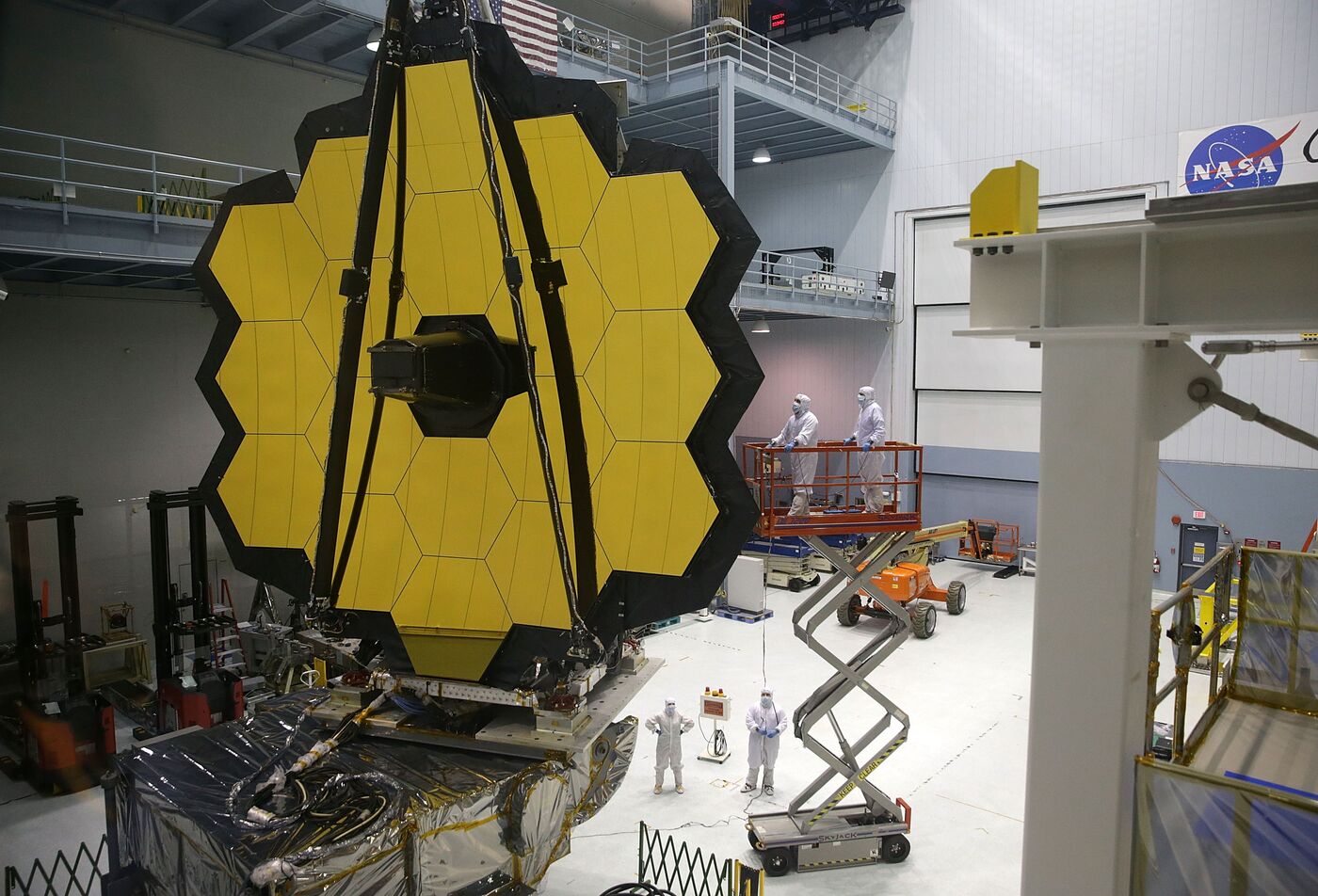THE GREAT MYSTERY OF INTERSTELLAR CHEMISTRY
Researchers are replicating the cold vacuum of space to study how interstellar molecules are produced and what they’re made of
By Dr Samuel Marlton and Dr Christopher Hall, University of Melbourne
The Universe is over 13 billion years old and space is often depicted as a vast, empty vacuum.
Other than planets and stars, there’s nothing there, right?

The James Web Space Telescope (JWST) – the largest space telescope ever – is designed to image very distant objects. Picture: Getty Images
Actually, space is littered with complex, carbon-based molecules.
However, the range of molecules and the chemistry involved in their formation remains largely mysterious.
There have been tantalising hints of complex astrochemistry. For example, prebiotic molecules like amino acids and nucleobases have been detected in meteorites – the most famous landed in 1969 near Murchison, around 140 km north of Melbourne.
But to understand the molecular makeup of space, astronomers and astrochemists must go beyond analysing the meteorites that happen to crash into Earth.
To do this, astronomers measure stellar radiation using telescopes, while other scientists simulate interstellar conditions in the laboratory – more on how our team uses this technique later.
More:
https://pursuit.unimelb.edu.au/articles/the-great-mystery-of-interstellar-chemistry
